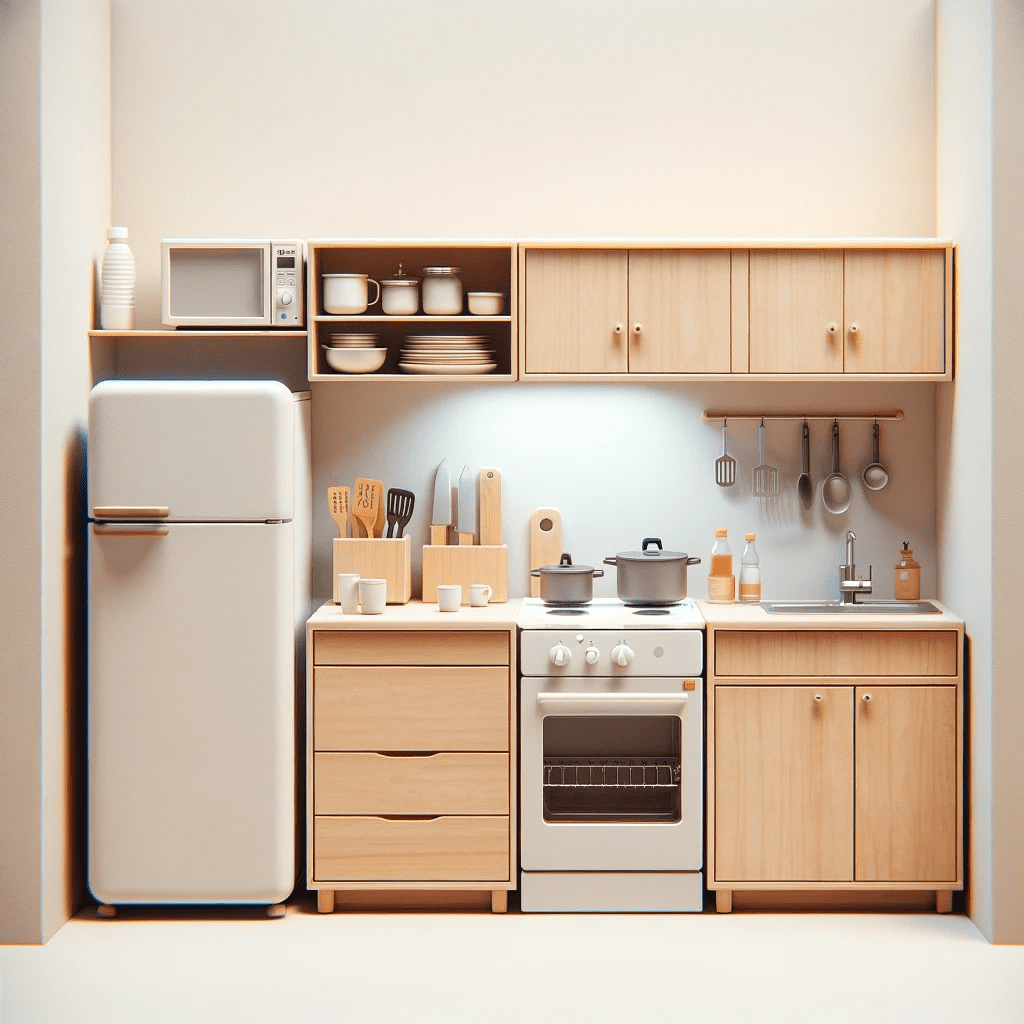Whether you’re launching a new restaurant or upgrading an existing one, selecting the right kitchen equipment supplier in Dubai is pivotal. From stoves and ovens to refrigeration units and specialized culinary gadgets, the choices can be overwhelming. But fear not, as this guide aims to streamline the process and help you make informed decisions that suit your restaurant’s specific needs.
Understanding Your Menu
The first step in selecting kitchen equipment is understanding your menu. Different cuisines and dishes require specific tools. Are you focusing on grilling, baking, or perhaps a combination of both? This insight is crucial as it determines the primary equipment you’ll need.
Space Assessment
Assess your kitchen space to determine the size and layout available for equipment. Consider the flow of work and ensure that the equipment fits without causing congestion. Efficiency in movement is as important as the equipment itself.
Quality Over Cost
Investing in high-quality equipment might seem costly initially, but it pays off in the long run. Quality equipment is durable, efficient, and often comes with warranties, reducing maintenance costs and downtime.
Energy Efficiency
Look for energy-efficient models. Not only do these save on utility bills, but they also contribute to a greener environment. Energy-efficient appliances might have a higher initial cost but provide substantial savings over time.
Essential Equipment
- Cooking Range/Stove: Select a range that suits your cooking methods. Gas, electric, or induction? Consider the number of burners required based on your menu and kitchen space.
- Oven: Convection ovens, deck ovens, or combination ovens—choose according to your baking needs.
- Refrigeration: Invest in quality refrigeration units—walk-in coolers, reach-in refrigerators, and freezers. The size and temperature control should align with your storage requirements.
- Preparation Stations: Quality prep tables and cutting boards are essential for efficient food preparation.
- Storage Solutions: Shelving and storage units are necessary to keep the kitchen organized. Consider stainless steel for durability and cleanliness.
- Specialized Equipment: Depending on your menu, you might need specialty equipment like pasta makers, dough sheeters, or specific cookware.
Safety Considerations
Ensure that all equipment meets safety standards. Look for certifications and safety features. Proper ventilation, fire suppression systems, and safety protocols are crucial in a kitchen environment.
Ease of Maintenance
Choose equipment that is easy to clean and maintain. Read reviews, ask suppliers about maintenance requirements, and consider service contracts to ensure equipment longevity.
Budgeting and Financing
Set a budget and stick to it. Consider financing options if necessary, but don’t compromise on quality and safety to cut costs. Leasing or equipment financing might help manage initial expenses.
Supplier and Support
Select reputable suppliers known for quality products and good customer support. A reliable supplier can offer guidance, maintenance support, and assistance in case of technical issues.
Test and Research
Before making a significant purchase, try out the equipment if possible. Visit showrooms, attend industry trade shows, and read reviews from other restaurant owners to gather insights.
Future Expansion and Flexibility
Consider the potential growth of your restaurant. Invest in equipment that can accommodate expansion without requiring a complete overhaul. Flexibility in the kitchen can save you from major renovations in the future.
Training and Familiarization
Once the equipment is purchased, ensure your kitchen staff receives adequate training to operate it safely and efficiently. Familiarize them with safety protocols and best practices for each piece of equipment.
Final Thoughts
Choosing the right kitchen equipment is fundamental to the success of your restaurant. It impacts the quality of your food, efficiency of your kitchen operations, and the overall experience for your customers. By considering your menu, space, quality, safety, and future needs, you can make informed decisions that set your restaurant up for success.
Cooking Equipment
- Stoves and Ranges: Gas stoves are popular for their precise temperature control, but electric and induction options might suit certain cooking styles better. Consider the number of burners required based on the scale of your operations.
- Ovens: If your menu involves a lot of baking, selecting the right type of oven is crucial. Convection ovens circulate hot air for even cooking, while deck ovens work well for bread and pizza. Combination ovens offer versatility by combining various cooking methods.
Refrigeration Units
- Walk-in Coolers: Ideal for storing bulk produce and large quantities of perishables. Size and temperature control are key considerations.
- Reach-in Refrigerators and Freezers: These are essential for immediate access to frequently used ingredients and products. Ensure proper organization and temperature control to prevent cross-contamination.
Food Preparation Stations
- Prep Tables: Stainless steel tables are durable and easy to clean. Consider options with under-counter shelving for increased storage space.
- Cutting Boards and Knives: Invest in high-quality, durable cutting boards and knives. Consider different types of knives for various cutting purposes.
Storage Solutions
- Shelving Units: Stainless steel shelving units are ideal for maintaining cleanliness and durability. Consider adjustable shelves for flexibility.
- Storage Bins and Containers: Ensure a variety of sizes for storing ingredients efficiently and preventing cross-contamination.
Specialized Equipment
- Pasta Makers and Dough Sheeters: If your menu involves fresh pasta or bread, these specialized tools can significantly aid in production.
- Commercial Mixers and Blenders: Essential for blending sauces, mixing dough, and creating various culinary concoctions.
Safety and Compliance
- Ventilation Systems: Proper ventilation is crucial for a safe and comfortable kitchen environment. Invest in hoods and exhaust systems that meet local safety regulations.
- Fire Suppression Systems: Equip your kitchen with fire suppression systems to prevent and combat potential fires.
Maintenance and Cleaning
- Easy-to-Clean Equipment: Choose equipment with removable parts for easy cleaning. Ensure that cleaning procedures are straightforward to maintain hygiene standards.
- Regular Maintenance: Schedule regular maintenance to prevent breakdowns and ensure longevity of your equipment.
Energy Efficiency and Sustainability
- Energy-Efficient Appliances: Look for Energy Star certified equipment that reduces energy consumption, thus saving costs in the long run.
- Sustainable Practices: Consider implementing sustainable practices in your kitchen, such as reducing food waste and using eco-friendly cleaning products.
Staff Training and Support
- Training Programs: Invest in training your kitchen staff to operate the equipment safely and efficiently.
- Supplier Support: Choose suppliers that offer after-sales support, including maintenance, repairs, and troubleshooting assistance.
Future Expansion and Adaptability
- Scalability: Choose equipment that can accommodate an increase in production without causing a significant overhaul of your kitchen layout.
- Adaptability: Look for equipment that serves multiple functions to optimize space and flexibility.
In conclusion
The right kitchen equipment isn’t just about functionality; it’s about aligning with your restaurant’s vision, ensuring efficiency, and meeting industry standards. Take your time, do your research, and make choices that will support your culinary endeavors for years to come.
With these considerations in mind, you’re on your way to outfitting your kitchen with the perfect tools to create culinary magic!







